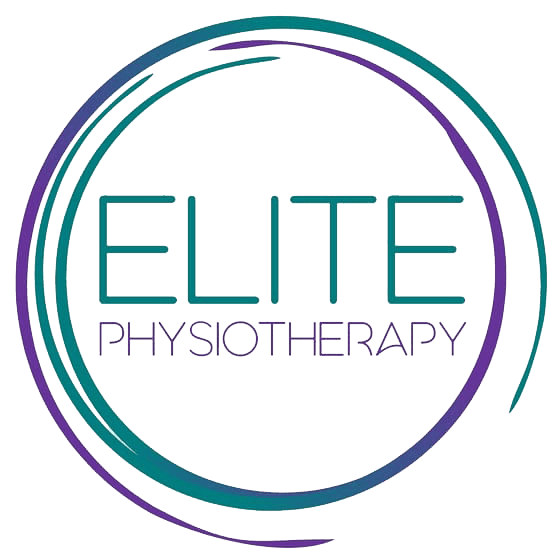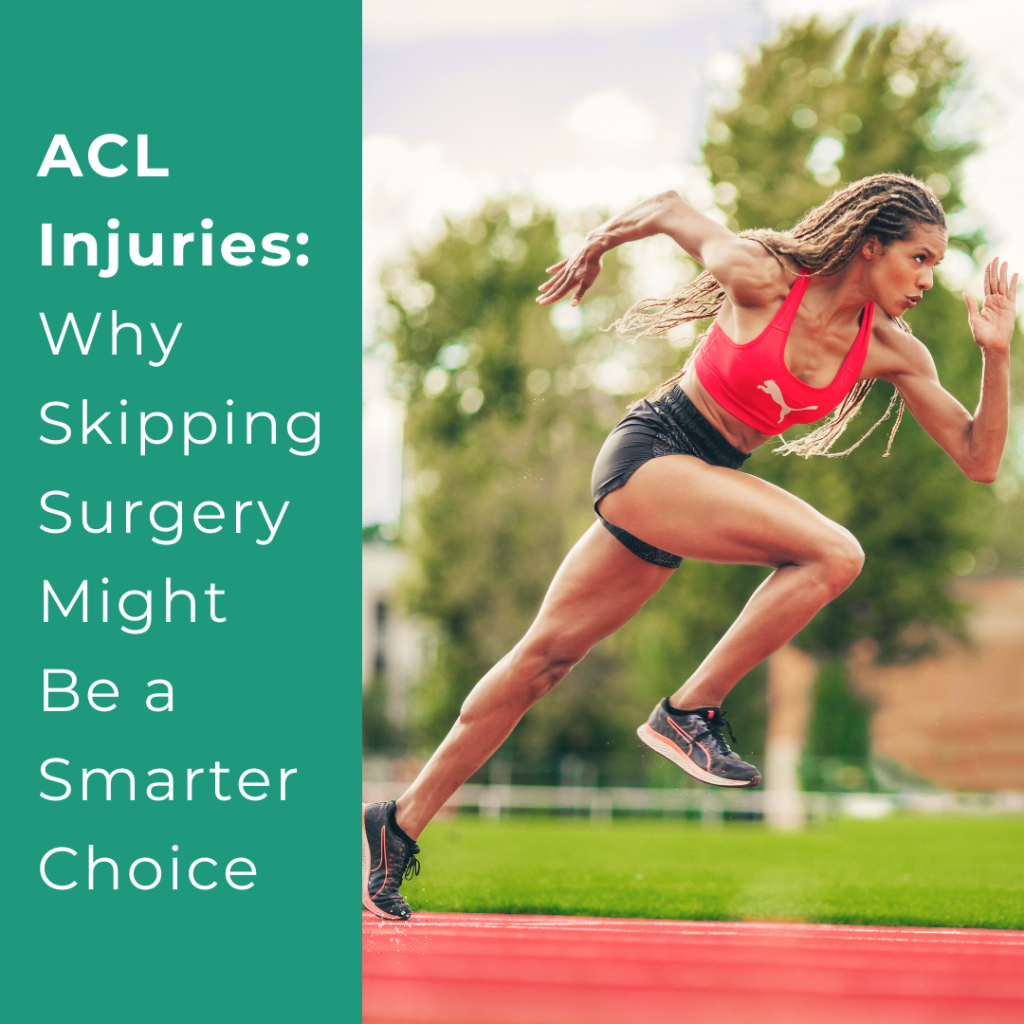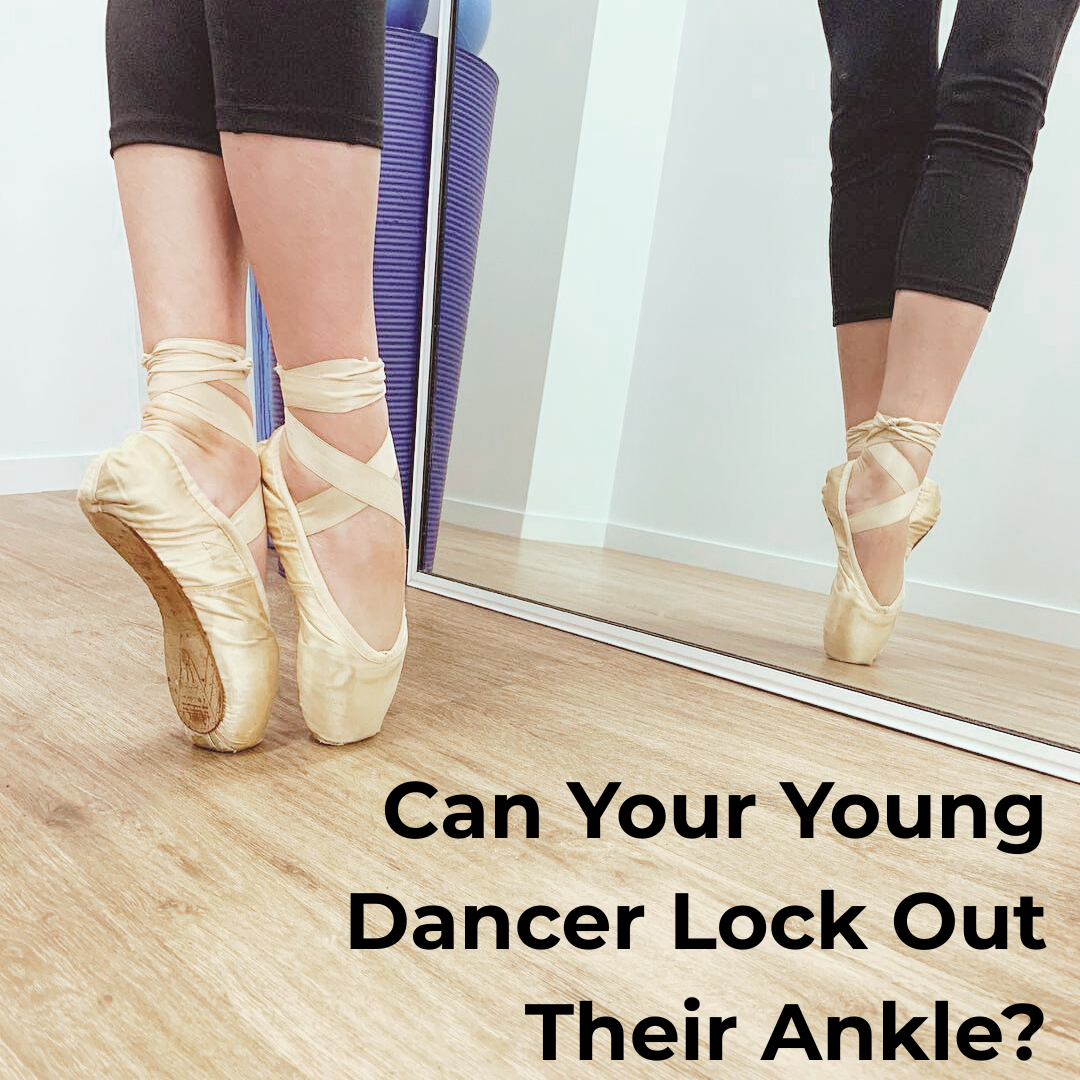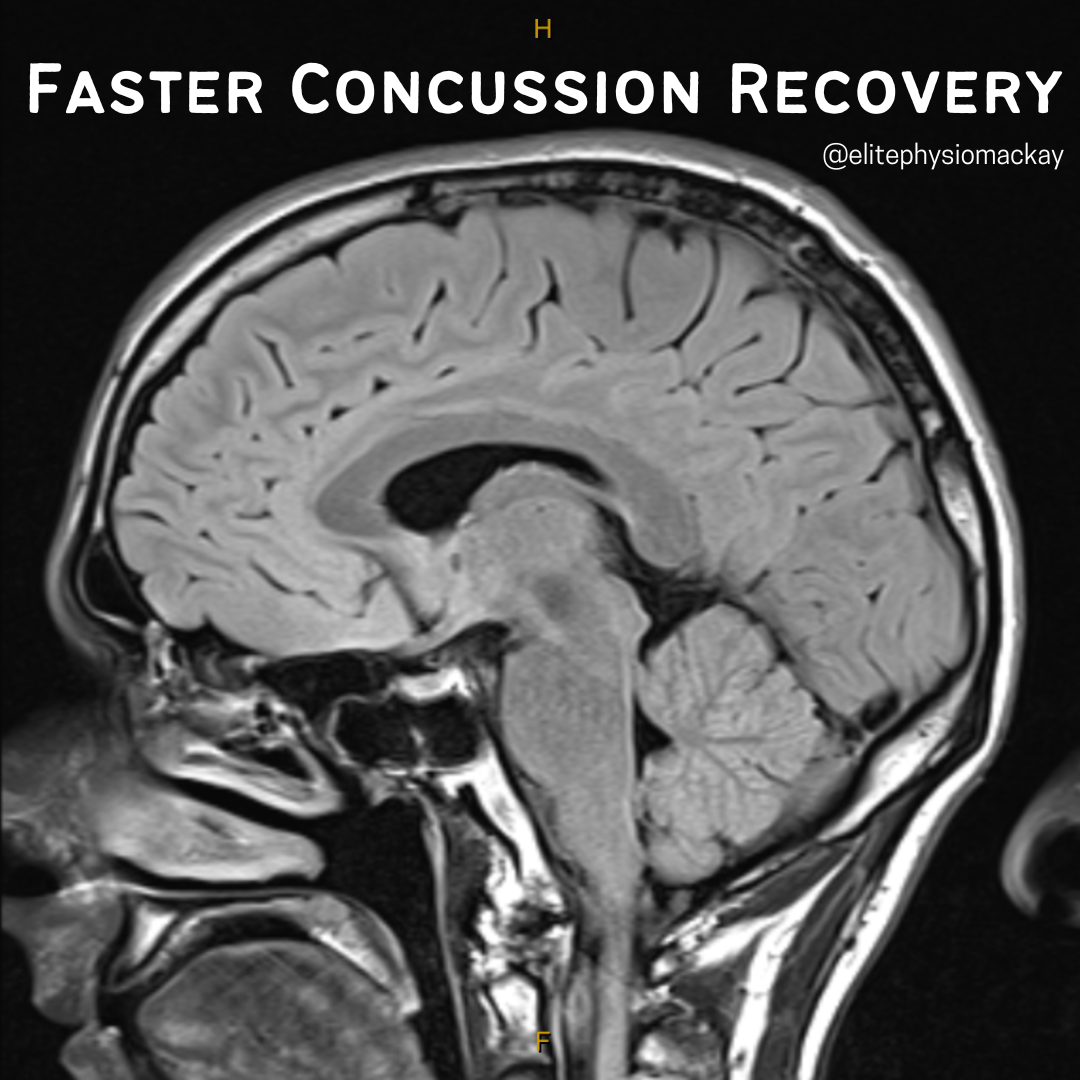ACL Injuries: Why Skipping Surgery Might Be a Smarter Choice
Tearing your ACL (anterior cruciate ligament) can feel like a devastating injury—especially for active people and athletes. And for years, the automatic assumption has been: ACL tear = surgery.
Recent studies, including a living systematic review, found that physiotherapy-first rehabilitation—with surgery only if needed later—can achieve outcomes similar to early ACL reconstruction for adults with instability.
In fact, some torn ACLs may even heal sufficiently during structured rehab.
Why Non-Surgical Treatment is Gaining Ground
- Same Functional Results, Fewer Risks: Long-term knee function—around 2 to 5 years post-injury—is often similar whether surgery is done early or not.
- Reduced Osteoarthritis Risk: Low-quality evidence suggests surgery may increase the chance of joint degeneration compared to rehabilitation-only approaches.
- Avoiding surgery risks: Every surgery carries risks—like infection, stiffness, complications with grafts, or even re-rupture.
- Less downtime and cost: Rehab-first is usually more cost-effective and has less initial disruption to your life.
- Cost-Effectiveness and Personalisation: The “rehab-first” approach allows tailored decision-making, and many people never need surgery if rehab succeeds.
- Evidence from Practice: In healthcare systems emphasizing physiotherapy first (like Scandinavia), surgery rates are lower while outcomes stay strong.
So What Does Non-Surgical Rehab Involve?
Make no mistake—this isn’t the easy way out. Successful non-surgical management takes time, discipline, and expert guidance.
Your rehab journey might include:
- Strength training for your quads, hamstrings, calves, and glutes to support your knee.
- Balance and proprioception work to retrain the small stabilising muscles around the knee.
- Movement control and coordination drills, especially for jumping, landing, and pivoting tasks.
- Progressive loading and sport-specific training, if you’re returning to a particular activity.
- Protocols like the Cross Bracing Protocol (CBP) or BLEX ACL Bracing Protocol offer an advanced framework: immobilisation followed by measurable progression that supports natural ligament healing.
This level of rehabilitation usually runs over 3–6 months, sometimes longer depending on the person and their goals. The key is consistent, expert physiotherapy that progresses in a way your body can handle.
Who Is It Right For?
In most cases — just about anyone who hasn’t also fractured their shin bone (tibia) when they tore their ACL.
Non-surgical rehab is especially suited to people who injured their ACL without direct contact — for example, landing awkwardly from a jump or suddenly changing direction, rather than being tackled or hit.
These types of non-contact injuries are more likely to respond well to a structured rehab approach, without needing to go under the knife.
Summary Table: Non-Surgical vs Surgical ACL Management
| Strategy | Pros | Considerations |
| Rehab-First (Non-Surgical) | Similar knee function outcomes, fewer risks, cost-effective | Requires high commitment, not always suitable for juniors |
| Early Surgery | May promise quicker return to pivoting sports | Higher surgery risks, possibly more joint degeneration |
What’s the Catch?
There isn’t a catch, but there is a commitment. Non-surgical ACL rehab takes time, effort, and expert input.
We often use an approach that focuses on:
- Building resilience in the whole limb, not just the knee
- Restoring trust in movement
- Progressing function over time, not rushing back too soon
If done well, many people regain full strength, stability, and confidence—without needing surgery at all.
Ready to Explore the Best Path for You?
Let one of our experienced Elite Physio clinicians assess your injury. We’ll help you understand your options—whether surgery is needed or if rehabilitative strength, control, and confidence are the best next step.




